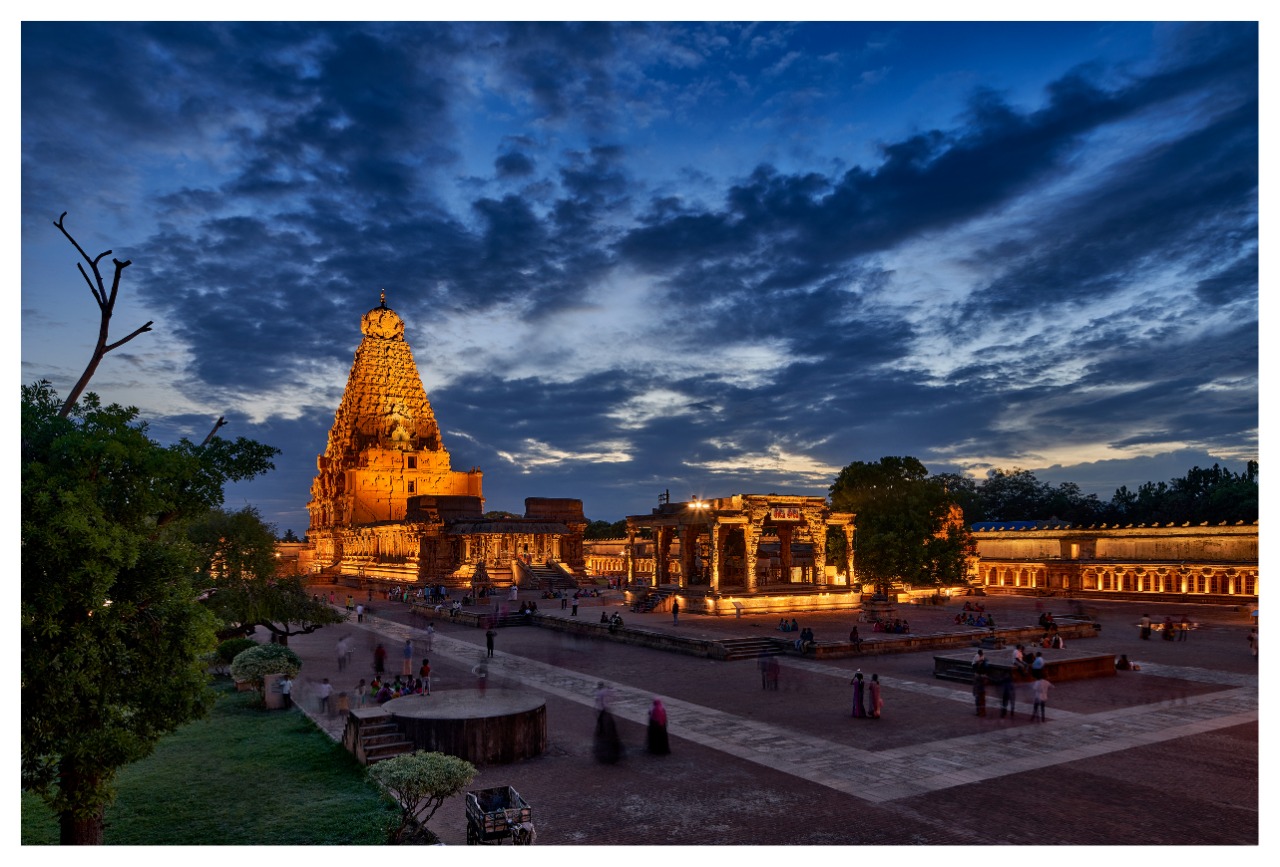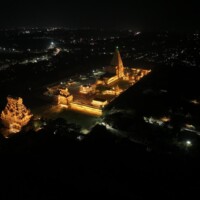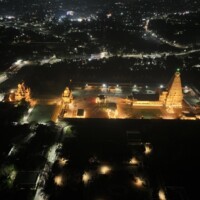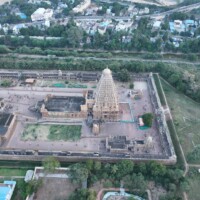The celebrated Shiva temple at Thanjavur, appropriately called Brihadisvara and Daksinameru, is the grandest creation of the Chola emperor Rajaraja (AD 985-1012). It was inaugurated by the king himself in his 19th regnal year (AD 1009-10) and named it after himself as Rajesvara Peruvudaiyar. Architecturally, it is the most ambitious structural temple built of granite. It has been regarded as a ‘landmark in the evolution of building art in south India’ and its vimana as a ‘touchstone of Indian architecture as a whole’. The temple is within a spacious inner prakara of 240.9 m long (east-west) and 122 m broad (north-south), with a gopura at the east and three other ordinary torana entrances one at each lateral sides and the third at rear. The prakara is surrounded by a double-storeyed malika with parivaralayas. The temple with its massive proportions and simplicity of design provided inspiration for future designs in constructions not only in south India but also in south-east Asia.
AUDIO TOUR
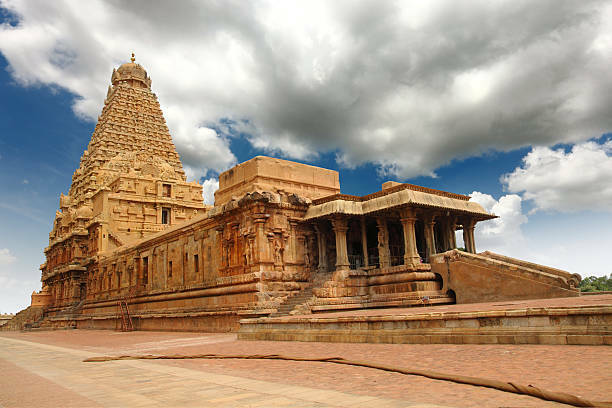
Raja Raja Cholan’s dynasty is from r 985 – 1014 and it was ruled by Chola over 1500 years from 3rd century BCE to 13th Century BCE. In his dynasty there were martime power, military prowess and cultural contributions. He constructed magnificient temple like brahadeeswara temple in tanjore. It is listed as part of UNESCO World Heritage site.The Main attraction of this temple is Nandi big statue of Bull which is sacred for Lord Shiva. It is 13 ft high and 16 ft wide, and the statue is sculpted out of a single rock. Fortified walls rich in elaborate rock art works surround the temple and give a grand look to the entire complex. The main temple tower is 216 ft high and the tallest of its kind in the world. The complete structure of the temple is made out of granite. The main ‘Gopurams’ or gateways to the temple are splendid structures with detailed sculptures.

